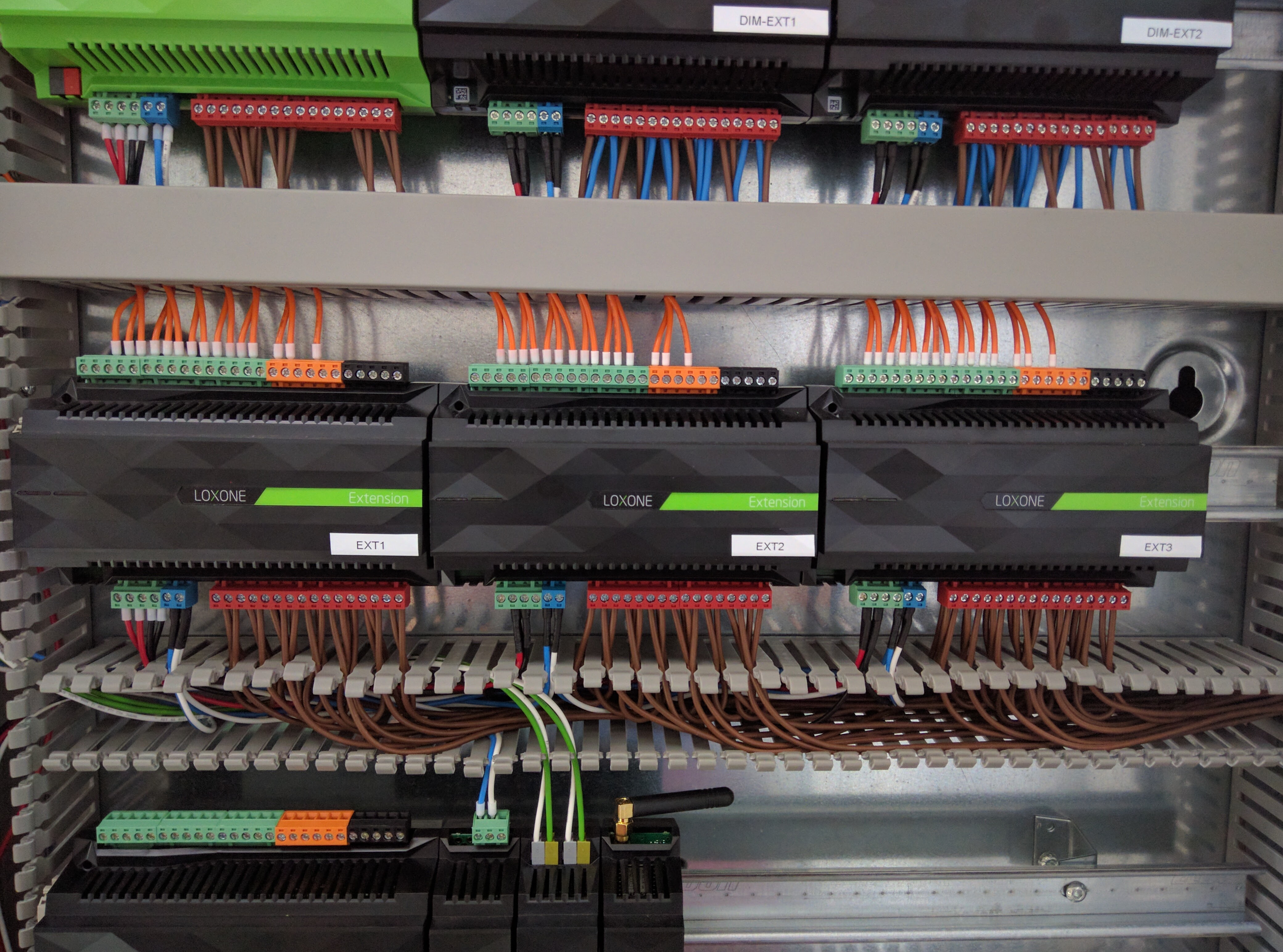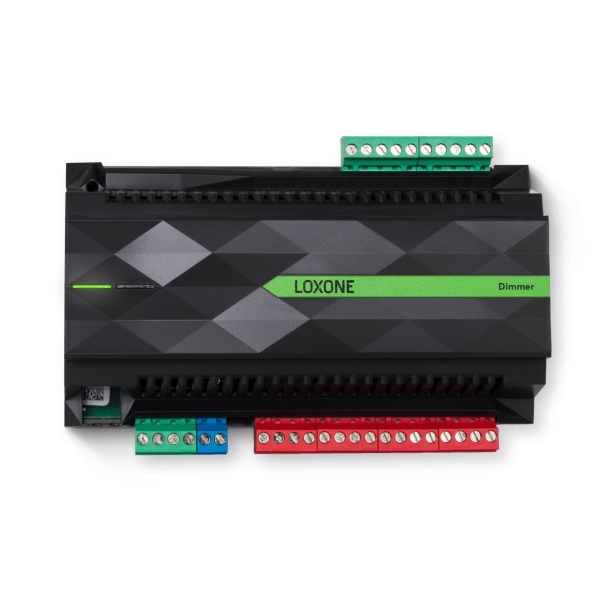

By using cheap, but kickass DMX dimmers, DMX relays and DMX LED controllers, I saved a lot of money. DMX is a protocol that is often used to control stage lighting and effects. The solution was to leverage the Loxone DMX extension. Because I have foreseen a huge number of lights, I needed a way to limit the price. Some examples: lights, blinds, irrigation, valves, wall sockets, ventilation… These outputs are mostly limited to switching on/off the right voltage signals. Incoming events should result in automated actions, so a lot of outputs are required. Automation Made Easy We are a Vancouver based Integrator and Loxone partner that offers a DIY approach to to the home automation in particular with the Loxone automation system. A very simple and cheap solution, without any notable latency.

The miniserver decodes the incoming binary data and determines which switches or inputs are active. Each 50ms, the state of the inputs (0/1) is sent through UDP, in a binary format, to the Loxone miniserver. This component can handle 72 low voltage input signals. In my case I needed around 100 inputs, which means many Loxone extensions, so I would end up with an expensive setup.Īfter some good advice that I received on several forums, I decided to buy the Elexol Ether IO72 TCP component. Most of them originate from switches, but also presence detectors, motion sensors, push buttons, window sensors, rain sensors… require input signals. With Loxone home automation, all tasks relating to comfort, security, energy and more. In home automation solutions, you need a lot of input signals. Your vacation home is meant to be a place to get away, not get more work. These are the two cost-efficient solutions I’ve implemented: Cheap inputs In this way, I was able to have all capabilities I was looking for, within an affordable budget.

This setup is rather limited, because I’ve extended Loxone with some other components. From a technical perspective, these are the Loxone components I’ve used:


 0 kommentar(er)
0 kommentar(er)
